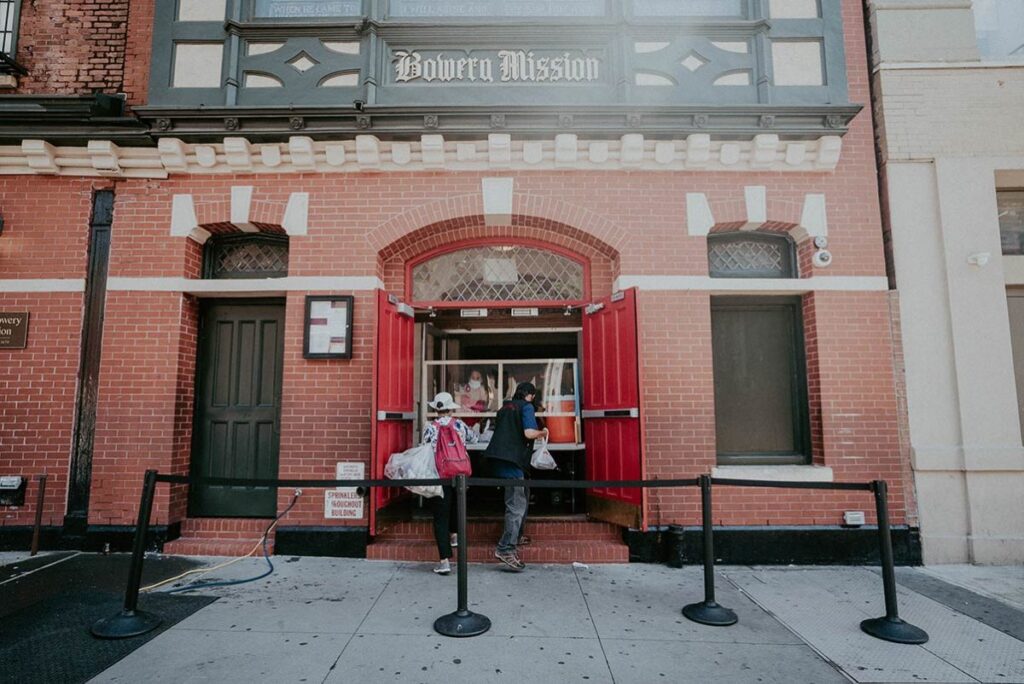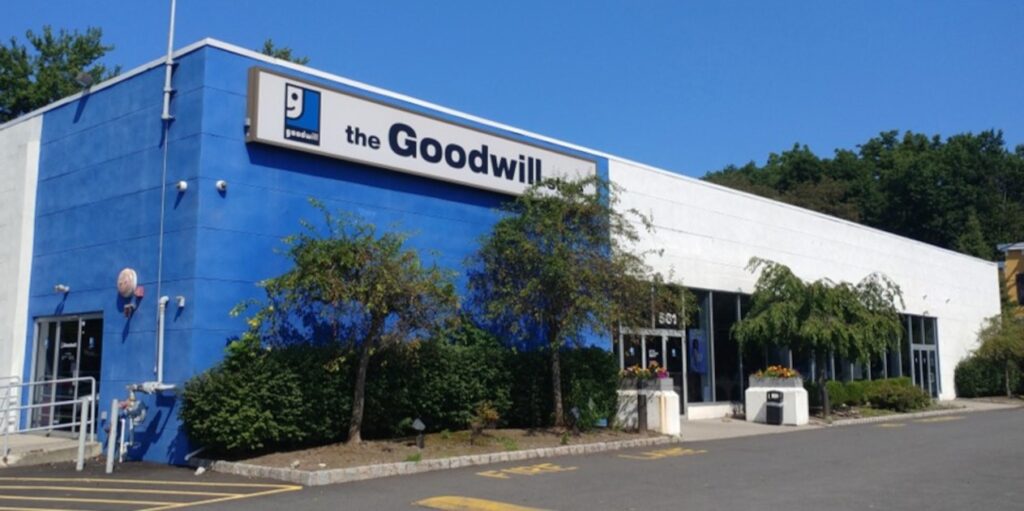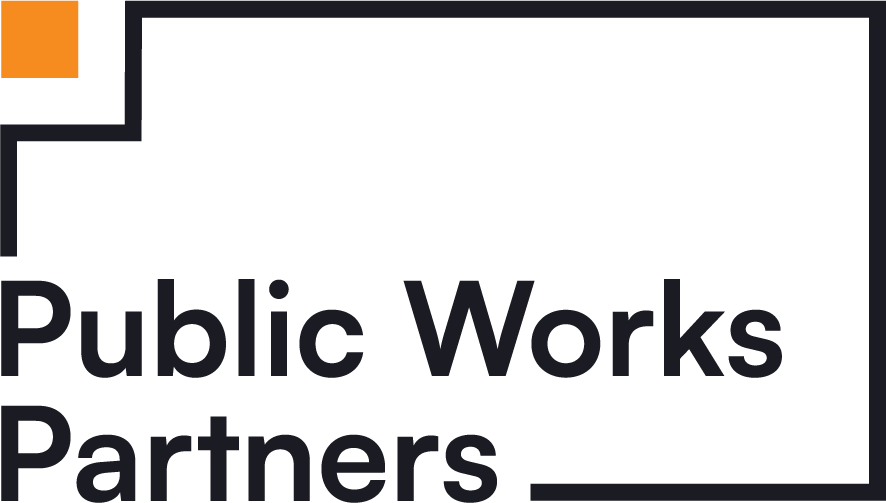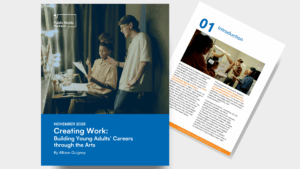Authored By: Seth Satterlee
Employing approximately 12.5 million people, or 10% of the national workforce, American nonprofits operate on a scale unmatched by other countries. Over more than 250 years, the sector has developed and expanded by responding to society-wide shocks and evolving community needs, especially here in New York. To adapt to changing times, New York’s oldest and most resilient nonprofits have harnessed the power of storytelling: the ability to effectively convey their mission in a way that speaks to communities’ evolving needs.
Understanding the history of the nonprofit sector in New York is key to recognizing both its role in addressing contemporary challenges and its ability to use storytelling to adapt to changing times. With roots going back to the British colonial era, New York City’s nonprofit sector comprises some of the oldest religious and cultural organizations still in operation today, such as the Saint Andrew’s Society (est. 1756), the St. George’s Society (est. 1770), and the Society of the Friendly Sons (est. 1784). These early organizations—considered charities before the term “nonprofit” emerged in the 1950s—laid the foundation for a philanthropic tradition that has only grown in response to the city’s dynamic social landscape. By the mid-to-late 1800s, widespread poverty spurred the creation of a bevy of charitable organizations like the Bowery Mission (est. 1879), Henry Street Settlement (est. 1893), and Goodwill (est. 1902). These groups sought to address unsafe living conditions, unemployment, and lack of access to healthcare. This marked a notable shift from informal charities such as Saint Andrew’s Society to nonprofits that provided specific social services.
During the 20th century, a post-World War II economic boom and social movements of the 1960s fueled another surge in nonprofit activity. As civil rights, women’s rights, and anti-poverty programs gained traction, organizations expanded their missions beyond direct aid to include advocacy for systemic change. By the 1970s, nonprofits were increasingly recognized as a distinct sector within the economy. According to the National Center for Charitable Statistics, the number of registered nonprofits has surged from roughly 300,000 in the early 1970s to over 1.5 million today, with the sector now contributing approximately $1.5 trillion to the U.S. economy annually. Nonprofits have become essential players in service provision, advocacy, and economic development. From early benevolent societies to today’s expansive network of service providers and advocacy organizations, NYC’s nonprofit landscape has been shaped by centuries of social, economic, and political change.
As the times have changed, the nonprofit sector has evolved as well. Those nonprofits that have been unable to adapt, have been forced to close their doors. Three legendary nonprofits—Bowery Mission, Henry Street Settlement, and Goodwill—have emerged as key examples of organizations that utilize storytelling as a tool to meet the ever-changing moment and remain fixtures in their communities. By shaping their narratives to reflect the challenges and aspirations of the communities they serve, these organizations have become titans of New York City’s nonprofit industry.
Bowery Mission

Courtesy: Bowery Mission
During the late 19th century, the confluence of mass immigration, political corruption, and industrialization led to unprecedented poverty in New York City. Over eight million immigrants arrived in America through the city between the end of the Civil War and 1900. Tammany Hall controlled a vast patronage system that prevented unconnected New Yorkers from getting work. Nearly a half a million people lived in overcrowded tenements. The Panics of 1873 and 1893, caused by railroad over-speculation and bank closures, brought the economy to a halt and led to unemployment rates reaching 30%. To support “the other half,” almshouses and rescue missions stepped in to provide services to the needy.
Founded in 1879 by Reverend Albert and Ellen Ruliffson, The Bowery Mission began as a refuge for New York City’s impoverished, offering meals and shelter to those in need. At first, their “story” was about offering meals and shelter to those in need, but as community need expanded beyond immediate relief, so did the mission’s services and narrative. In 1894, The Bowery Mission established the Mont Lawn Camp for inner-city children, providing them with opportunities for growth and leadership. The Mission then launched a Free Labour Bureau to connect job seekers with opportunities, ensuring that economic empowerment became part of its mission.
By the 1930s and 1940s, The Bowery Mission recognized the power of storytelling as a tool for change. Through national radio broadcasts and personal testimonies, the organization amplified the voices of those it served, using these platforms to share stories of transformation and resilience. MGM even released a short film, This is the Bowery (1941), showcasing the Mission’s impact and championing its role as a beacon of hope. These narratives not only shaped public perception but also deepened the organization’s ability to connect with donors, volunteers, and those in need.
Today, The Bowery Mission operates multiple campuses across the New York metropolitan area, offering comprehensive programs that include residential recovery, job training, and educational services. Much of the organization’s longevity is owed to its commitment to being nimble and adaptable, leveraging storytelling to meet evolving community needs. Its enduring commitment reflects a legacy of compassion and resilience, continuously transforming to provide hope and opportunity for those in need.
Henry Street Settlement

Courtesy: Henry Street Settlement
In 1892, nurse Lillian Wald first experienced the deprivations of tenement living while volunteering to teach a home health care class to immigrant women in the Lower East Side. Moved by what she witnessed, she established the Nurses’ Settlement, which would later be renamed Henry Street Settlement, to provide health and support services for children, families, and people living in poverty.
Throughout the 20th century, Henry Street Settlement maintained an ear to the street, so to speak, to adapt to the immediate needs of the surrounding community. By continuously listening to the stories of residents and amplifying their needs, the organization shaped its services in response. In 1902, they built one of the earliest playgrounds in the city and paid the salary of the first public school nurse, which spurred the city to employ nurses throughout public schools. They built summer camps and a theater—each a response to the narratives of working-class families seeking opportunities for recreation and cultural enrichment. During the Great Depression, the organization’s services and message expanded to relief efforts by providing food, job training, and healthcare services to struggling families, ensuring that those hardest hit had a voice and a place to turn. In the 1960s and 1970s, as New York City faced economic downturns and rising social unrest, Henry Street Settlement expanded its arts programming, youth services, and mental health support, solidifying its role as a multi-service community anchor.
As its services expanded, the organization grew so many arms it became necessary to reimagine operations at a larger scale and promote new services to a larger audience. In 2006, Henry Street Settlement developed a Strategic Plan to guide its expansion. This plan emphasized workforce development, economic mobility, and educational services—each initiative shaped by the stories of those the organization served. Since then, Henry Street Settlement has designed workforce development programs and conducted labor market studies, engaging consultants such as Public Works Partners to aid with the expansion.
By leveraging these macro analyses and employer partnerships, Henry Street has continued to refine its job training programs, transitioning from a hospitality-sector focus to a broader workforce development model that supports job seekers in emerging industries. Through it all, storytelling has remained central—not just in communicating its mission, but in ensuring that every new initiative is rooted in the lived experiences of the community it serves. This ability to anticipate and respond to economic shifts has ensured Henry Street’s continued impact in the Lower East Side and beyond.
Goodwill

Courtesy: Goodwill NY/NJ
Founded in 1902 by Reverend Edgar J. Helms in Boston, Goodwill Industries revolutionized the concept of charitable work by combining social service with economic opportunity. Helms, a Methodist minister, pioneered the model of collecting used household goods and clothing, employing people in need to repair and resell them. But beyond material support, Helms used storytelling to rally communities around the idea that work could be a pathway to dignity. This early version of a social enterprise provided jobs and resources to marginalized communities while promoting sustainability through the reuse of goods—creating a narrative of resilience and opportunity that continues today.
Over the following century, Goodwill expanded nationwide and evolved into a major nonprofit network, continuously refining its mission to meet the changing needs of the workforce. Originally focused on refurbishing donated goods, Goodwill’s model quickly grew beyond resale to include job training and placement services. By the 1920s, the organization had already begun refining its message, adopting the slogan “Not Charity, But Chance” to emphasize dignity through employment. This storytelling approach helped reshape public perception, positioning Goodwill not as a handout, but as a platform for self-sufficiency. As economic conditions shifted, Goodwill adapted—helping thousands of unemployed Americans during the Great Depression, supporting returning World War II veterans, and becoming a leader in vocational training for people with disabilities. Each expansion was driven not just by data, but by the lived experiences of those it served. As digital technology reshaped the economy in the 1980s and 1990s, Goodwill embraced new career services, offering computer training and expanding support to individuals facing barriers such as illiteracy, criminal records, and welfare dependency.
Today, Goodwill Industries of Greater New York and Northern New Jersey operates a robust network of workforce development programs, social enterprises, and retail locations, equipping job seekers with the skills and opportunities needed to achieve financial independence. Through every transformation, Goodwill’s story has remained rooted in the belief that work provides not just income, but dignity and purpose.
To sustain its legacy and enhance its operations, Goodwill NY/NJ developed a Strategic Plan in 2020 to envision a long-term strategy focused on aligning the organization’s mission with financial sustainability. This collaboration with Public Works Partners involved assessing programs for high performance, creating a robust set of performance metrics, and implementing a strategic framework for organizational growth. Through these efforts, Goodwill continues to evolve as a dynamic force for economic empowerment in the New York metropolitan area, using the power of storytelling to continuously transform the way they communicate their mission while staying true to their central vision of dignity through work.
Conclusion
Nonprofits such as The Bowery Mission, Henry Street Settlement, and Goodwill have endured for over a century by adapting their services and messaging to reflect the ongoing needs of their communities. Their ability to reshape their narratives, whether through expanding services, leveraging new communication platforms, or reframing their missions, has ensured their continued impact and importance. These organizations demonstrate that, for nonprofits, storytelling is not just a means of communication but a tool for survival and growth.




